- 5 min read
Effective Real-Time Location Systems (RTLS) in Healthcare: How to make the right choice for your facility’s needs
Hospital
Aged Care
Enterprise
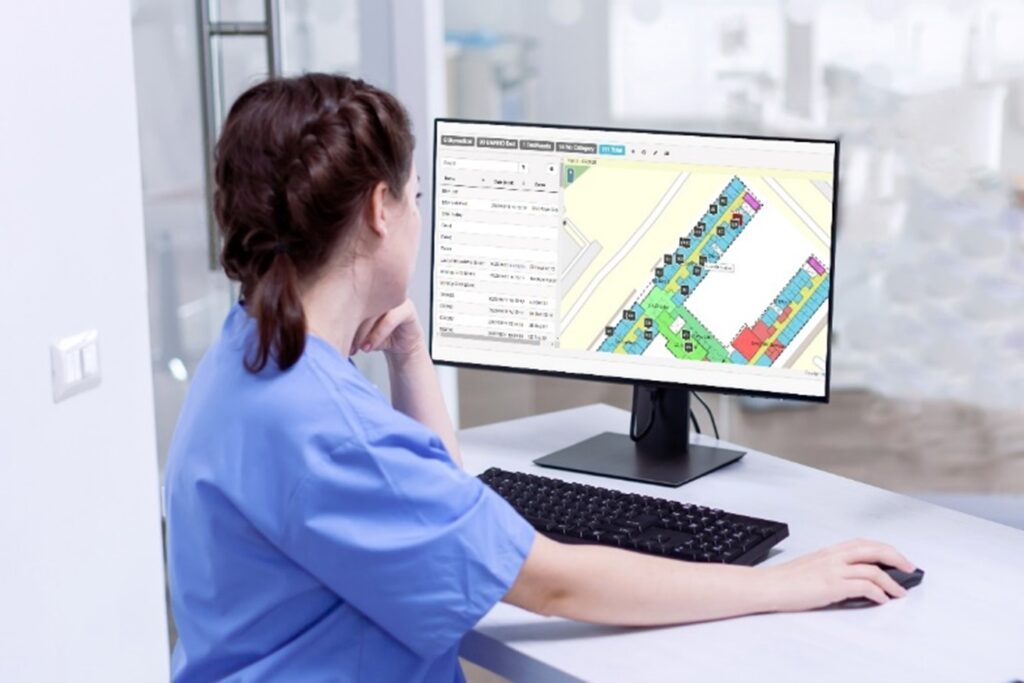
Share:
Real time location systems (RTLS) are becoming an increasingly common technology in digital health deployments. Many healthcare organisations are implementing RTLS-based solutions to assist with people safety, enhance staff efficiency, improve clinical care outcomes and increase medical device utilisation.
When it comes to RTLS, most healthcare leaders find themselves deciding between BLE or Wi-Fi-based solutions.
Understanding the key considerations for healthcare decision makers when investing in RTLS, will help make a more suitable and sustainable choice.
This article provides a summary of a comprehensive analysis of BLE-based RTLS solutions in healthcare. Access the full whitepaper here.
Key Considerations
When investing in RTLS, decision-makers must focus on three distinct areas: design, technology lifecycle and operational approach.
Design
Consider factors such as RTLS interoperability with existing medical technologies, cost-effectiveness, longevity and scalability. Ask yourself – does the RTLS design address the real needs of frontline care teams effectively and is it flexible and scalable to support more advanced needs?
Equipment lifecycle
Evaluate infrastructure capital and deployment expenses, including costs related to electrical cabling, end-of-life logistics and e-waste management.
Operational considerations
Assess factors such as infection control management, the level of accuracy required and alignment with wider IT investments. Ask yourself – does it deliver the promised value without adding any administrative burden or compromising other systems?
Wi-Fi & BLE Comparison
Wi-Fi and BLE-based RTLS solutions are often the more popular choices in the healthcare sector. Let’s compare Wi-Fi and BLE from several perspectives.
Accuracy
Only BLE-based solutions have proven to provide true room-level location accuracy (i.e. not ambiguous locations such as “within +/- 3m”) and it does so at a lower price point with lower operational management burdens.
Latency
Wi-Fi based solutions typically have higher latency, to determine positions on demand, while BLE solutions can offer continuous room level accuracy instantly for mobile devices and rolling 5 second location updates for tag locations.
Infrastructure density
Wi-Fi based solutions require a high density of infrastructure devices to meet accuracy requirements, which leads to higher costs when compared with BLE-based solutions.
Infrastructure interoperability
BLE-based solutions typically offer better interoperability across location tags from various vendors, while Wi-Fi deployments often face challenges with interoperability.
Tag battery life
Wi-Fi tags typically have poor battery life, requiring larger batteries and resulting in bulky tags that are unsuitable for smaller assets and more expensive to purchase and maintain. In contrast, BLE tags can be bought off the shelf and are designed to be extremely power efficient. BLE tags can last several years or longer even with constant tracking.
Cost
BLE-based solutions have lower capital and operational costs compared to Wi-Fi-based solutions.
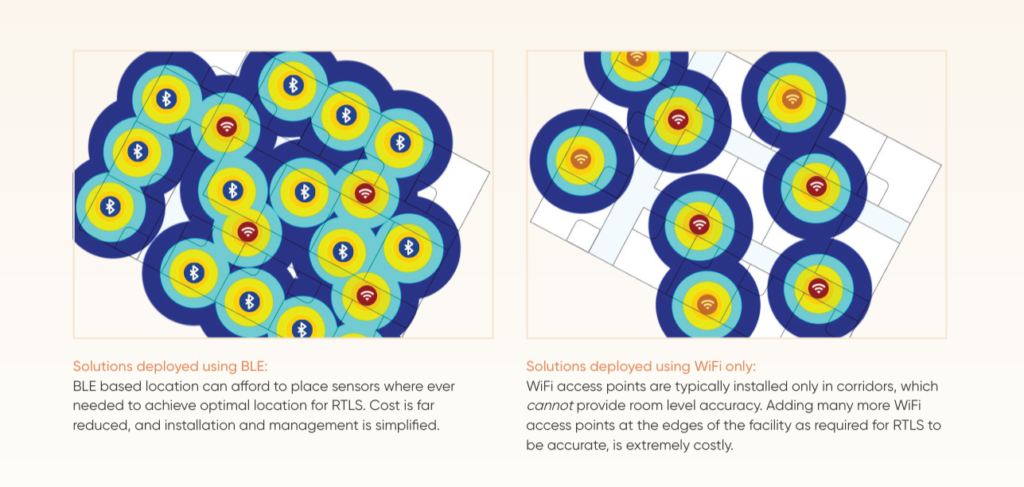
The clear advantage of BLE RTLS
BLE based RTLS solutions supports a connected and care-focused workforce with its ability to seamlessly integrate with a wide range of end user devices. They are also less costly to purchase, install, expand and maintain, as they have lower capital costs, require less network cabling and have a lower impact on network infrastructure.
The flexibility, cost effectiveness and openness of BLE based RTLS solutions makes them the clear winner for use in a healthcare environment.
Rauland’s RTLS solutions for healthcare
RTLS is integrated into our various Concentric Care platform solutions to deliver benefits to you in the following areas:
Staff safety
Fast and accurate location tracking with room level accuracy upon duress activation.
Wireless nurse call
Standalone wireless personal alarm tags providing alerting capabilities upon activation.
Wandering detection
Reduce the risk of wandering with discreet wearable location tags.
Auto staff presence
Auto-recording of staff in room to automatically cancel nurse call events.
Care time tracking
Auto-recording of staff time in room for better adherence to care quality indicators and inform staff rostering.
Asset tracking
Rapidly monitor and locate assets directly on staff device for efficiency.
Learn more about Rauland RTLS solutions or contact us now for a personalised demo.
Share:
Related Content
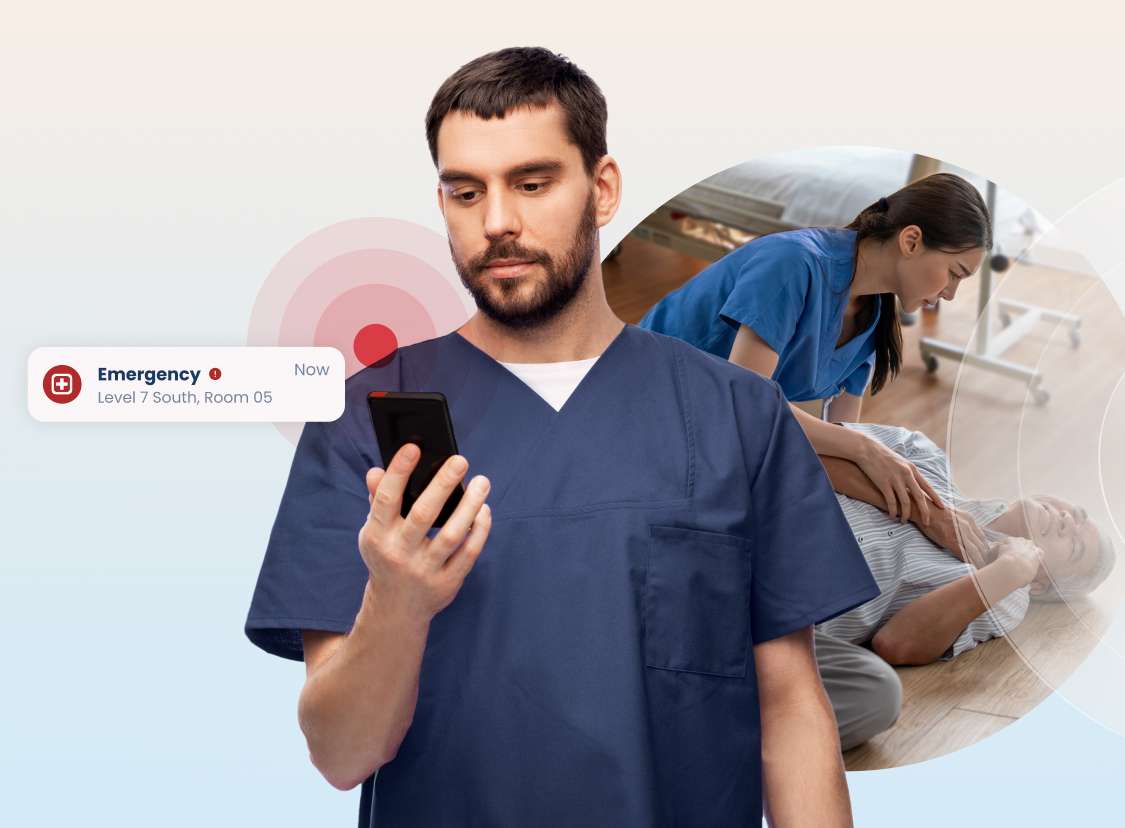
- 24 February 2025
- 5 min read
Enhancing Staff Safety at Maitland Hospital with Mobile Duress
Discover how Maitland Hospital implements mobile duress technology to safeguard people safety in healthcare.
- Hospital
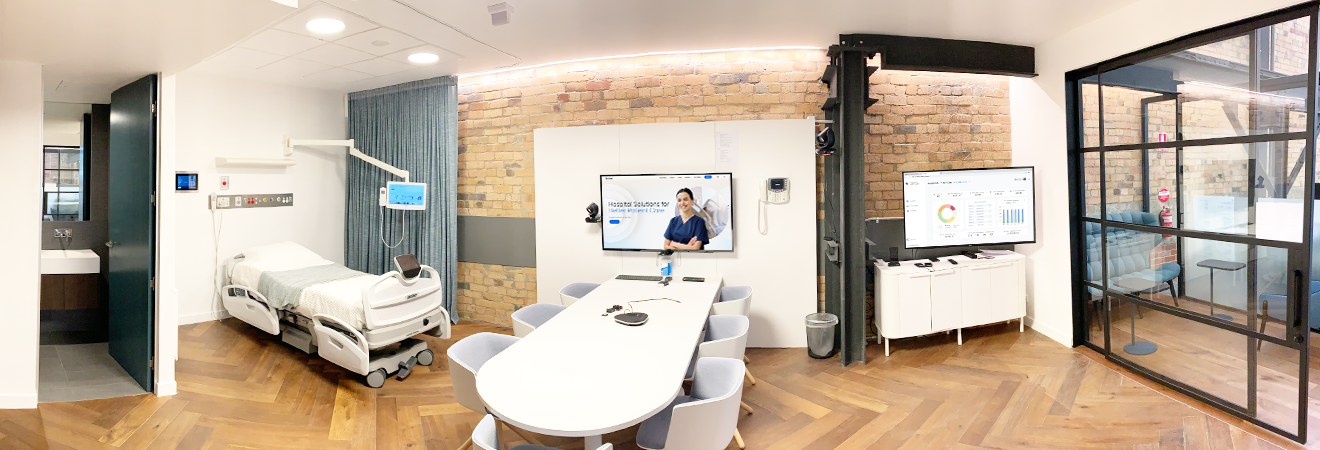
- 6 January 2025
- 5 min read
Your Gateway to Better Care: Our Concentric Care platform in action
Our Experience Centre offers healthcare professionals a hands-on experience with our digital solutions that enhance patient care and transform healthcare delivery.
- Hospital
- Aged Care
- Rauland
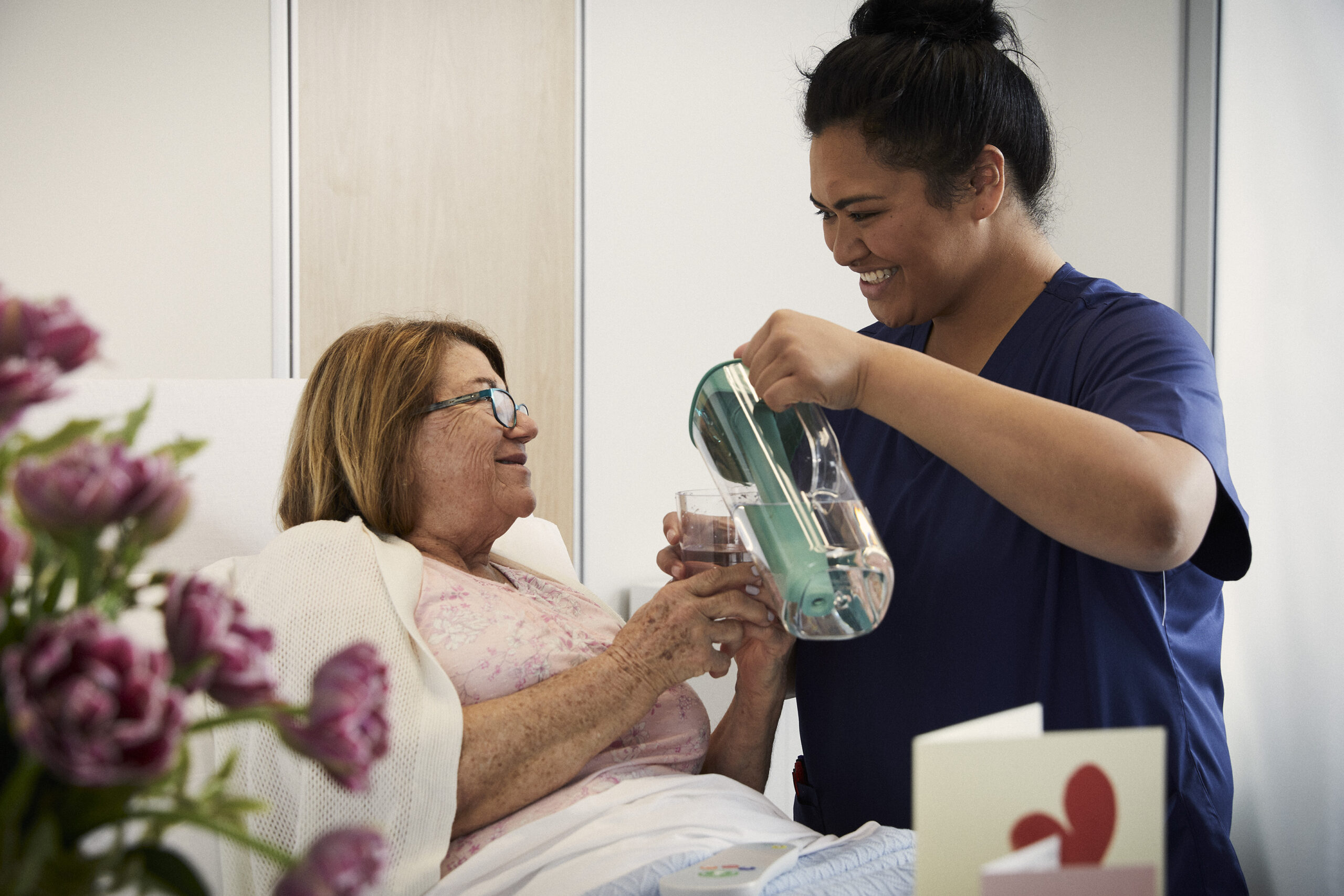
- 6 November 2024
- 5 min read
Reducing Alarm Fatigue in Hospitals: A Quieter Approach with Concentric Care
The digital patient room is a unified, technology-driven space tailored to each patient, hospitals can leverage smart technology to enhance clinical outcomes, boost patient satisfaction and realise staff efficiency.
- Hospital

- 24 February 2025
- 5 min read
Enhancing Staff Safety at Maitland Hospital with Mobile Duress
Discover how Maitland Hospital implements mobile duress technology to safeguard people safety in healthcare.
- Hospital

- 6 January 2025
- 5 min read
Your Gateway to Better Care: Our Concentric Care platform in action
Our Experience Centre offers healthcare professionals a hands-on experience with our digital solutions that enhance patient care and transform healthcare delivery.
- Hospital
- Aged Care
- Rauland

- 6 November 2024
- 5 min read
Reducing Alarm Fatigue in Hospitals: A Quieter Approach with Concentric Care
The digital patient room is a unified, technology-driven space tailored to each patient, hospitals can leverage smart technology to enhance clinical outcomes, boost patient satisfaction and realise staff efficiency.
- Hospital
